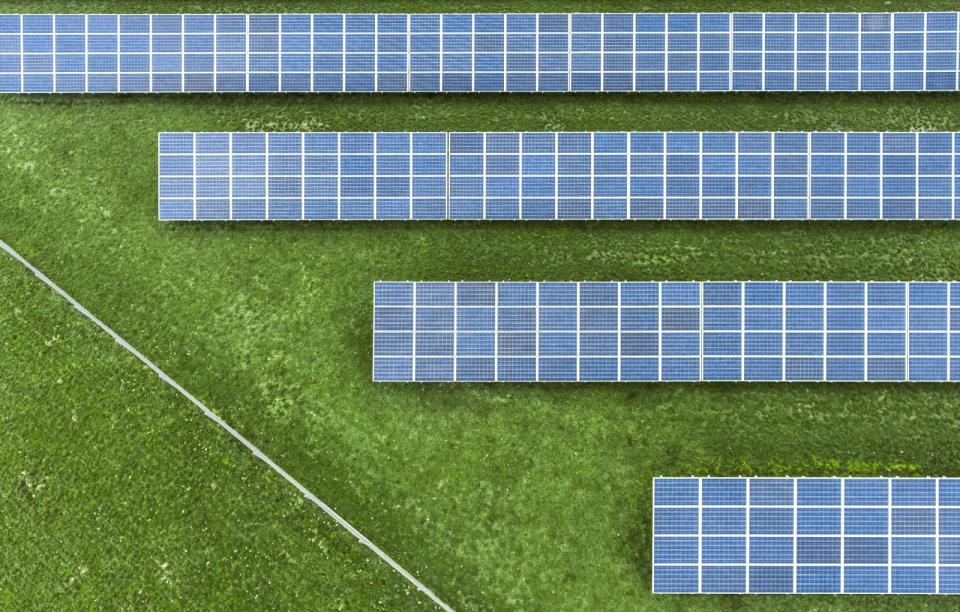Renewable energy is on the rise, but so is demand for fossil fuels
Increasing renewables uptake is not enough to mitigate our appetite for gas and coal.
Recent reports from major climate organizations are painting a very mixed picture for the future of global energy use. The International Renewable Energy Agency (IRENA) says that renewable energy now forms one-third of the world's total energy capacity -- its highest level ever -- but at the same time, the International Energy Agency (IEA) reports that energy demand is growing at the fastest pace this decade, and fossil fuels are leading the charge.
According to IRENA, 171GW of renewable energy was added to the global mix in 2018, marking an annual increase of 7.9 percent, and accounting for two-thirds of new power generation capacity altogether. Hydropower takes the largest share with 1,172GW worldwide, followed by wind at 564GW and solar with 480GW, although solar saw the largest growth in 2018.
However, despite this growth -- which IRENA says "continues the remarkable trend of the last five years" -- it appears that our appetite for fossil fuels hasn't subsided. In fact, it's increased. As the IEA report demonstrates, natural gas emerged as the planet's fuel of choice in 2018, posting the biggest gains and accounting for 45 percent of the rise in overall energy consumption. Add coal to the mix, and fossil fuels accounted for nearly 70 percent of the additional growth for the second year running. This all adds up to a 1.7 percent rise in CO2 emissions, which reached 33 Gigatonnes in 2018.
The IEA's executive director, Dr Fatih Birol, noted that 2018 marked another "golden year" for gas, and said that action is desperately needed to mitigate devastating climate damage. "Despite major growth in renewables, global emissions are still rising, demonstrating once again that more urgent action is needed on all fronts -- developing all clean energy solutions, curbing emissions, improving efficiency, and spurring investments and innovation, including in carbon capture, utilization and storage," she said.


